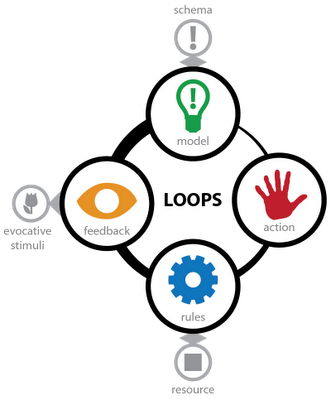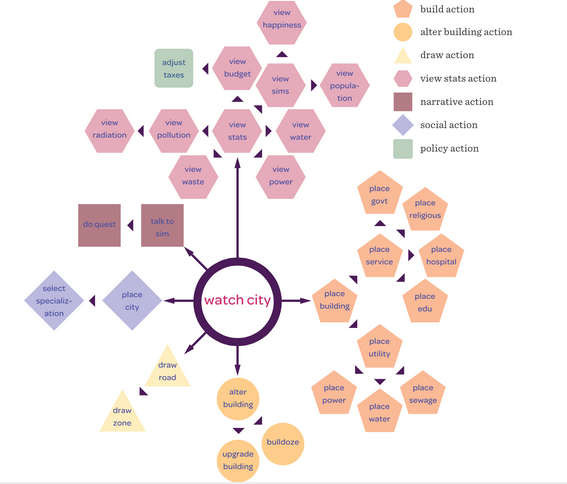Reading:
Ambrose, S. A., Bridges, M. W., DiPietro, M., Lovett, M. C., & Norman, M. K. (2010). How learning works: Seven research-based principles for smart teaching. John Wiley & Sons.
Summary:
The first chapter illustrates how Prior Knowledge can affect learning both positively and negatively. When dealing with counterituitive concepts especially, common misconceptions that root from inacurate Prior Knowledge, are very hard to change and require time, cognitive energy, and an attentive teacher to scaffold the process. I appreciated all the methods offered to gauge, activate, recognize, and suplement Prior Knowledge as well as correct inacurate Prior Knowlege.
The second chapter goes into how students organize knowledge and how might a teacher build these schemas more effectively on them. It is important for the teacher to realize that students come into a new subject area with shallow understanding of how apparently unconnected peices of knowledge relate to each other. This richness of connections is one of the abilities that makes someone an expert. Therefore, the more the teacher is able to demonstrate how to build these connections and organize the information in an effective manner, the more students might learn.
“…it is not just what you know but how you organize what you know that influences learning and performance. ” (Ambrose et al., 2010)
Notes:
Chapter 1 – How Does Student’s Prior Knowledge Affect Their Learning?
- Principle: Students’ prior knowledge can help or hinder learning.
- Help to make connections
- Hinder with misconceptions that carry forward
- “If they do not draw on relevant prior knowledge—in other words, if that knowledge is inactive—it may not facilitate the integration of new knowledge. Moreover, if students’ prior knowledge is insufficient for a task or learning situation, it may fail to support new knowledge, whereas if it is inappropriate for the context or inaccurate, it may actively distort or impede new learning” (Ambrose et al., 2010)
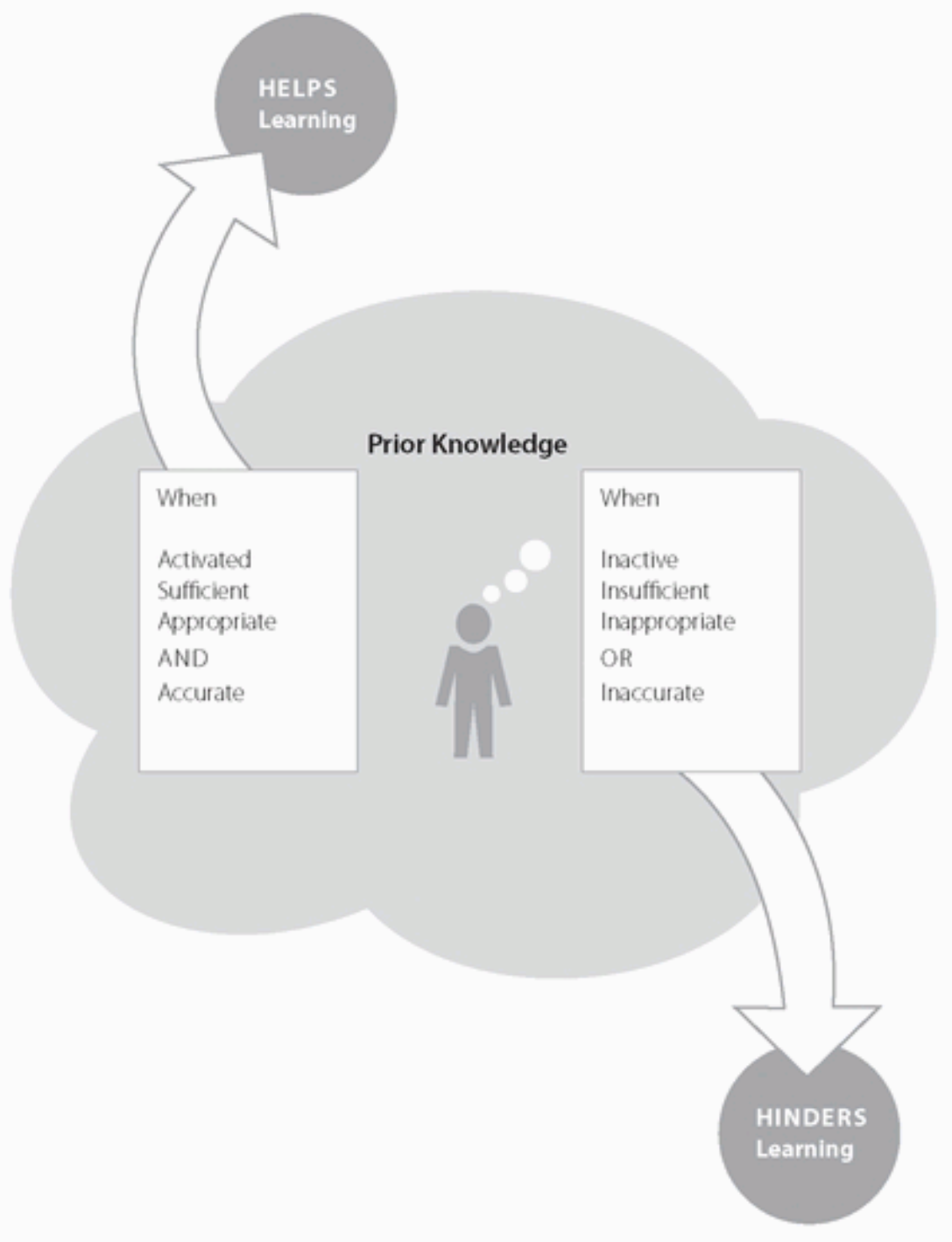
- “If they do not draw on relevant prior knowledge—in other words, if that knowledge is inactive—it may not facilitate the integration of new knowledge. Moreover, if students’ prior knowledge is insufficient for a task or learning situation, it may fail to support new knowledge, whereas if it is inappropriate for the context or inaccurate, it may actively distort or impede new learning” (Ambrose et al., 2010)
- Activating Prior Knowledge
- Teacher must probe and activate knowledge from the student – simply mentioning it sometimes already does the trick
- “In other words, with minor prompts and simple reminders, instructors can activate relevant prior knowledge so that students draw on it more effectively (Bransford & Johnson, 1972; Dooling & Lachman, 1971).” (Ambrose et al., 2010)
- Teacher must probe and activate knowledge from the student – simply mentioning it sometimes already does the trick
- Accurate but Insufficient Knowledge
- Declarative Knowledge
- Recite facts
- Procedural Knowledge
- How to do it
- You can have one and not the other, and vice-versa
- Declarative Knowledge
- Inappropriate Prior Knowledge
- Knowledge that hinders understanding of “counterintuitive” concepts
- Teachers must attend to:
- Explain conditions and contexts of applicability
- Abstract principles with multiple examples and contexts
- Analogies – differences and similarities
- Activate prior knowledge to strengthen appropriate associations
- Inacurate Prior Knowledge
- Misconceptions
- Extremely hard to correct
- Require greater cognitive energy
- Conceptual changes occur over time
- Bridging
- Concepts that act as intermediaries between misconception and desired concepts
- Misconceptions
- Methods
- Gauge the Extent and Nature of Students’ Prior Knowledge
- Talk to colleagues
- Diagnostic assessments
- Short, low-stakes assessments
- Quiz or essay
- At the beginning
- Concept inventories
- Reveal common misconceptions
- Students assess own Prior Knowledge
- Cursory familiarity: “I have heard of the term”
- Factual knowledge: “I could define it”
- Conceptual knowledge: “I could explain it to someone else”
- Application: “I can use it to solve problems”
- Brainstorming to reveal Prior Knowledge
- Concept map activity
- Patterns of error in student work
- Activate accurate Prior Knowledge
- Exercises to generate students’ Prior Knowledge
- can generate inaccurate and inappropriate as well as accurate and relevant knowledge
- Link new material to materials in other courses
- Link new material to materials in your own course
- Analogies and examples to link to Everyday Knowledge
- Reason on the basis of Prior Knowledge
- Exercises to generate students’ Prior Knowledge
- Insufficient Prior Knowledge
- Identify Prior Knowledge you expect students to have
- Remediate insufficient Prerequisite Knowledge
- Recognize Inappropriate Prior Knowledge
- Conditions of applicability
- Heuristics to avoid inappropriate application of knowledge
- Identify discipline-specific conventions
- Show where analogies break down
- Correct Inacurate Knowledge
- Students to make and test predictions
- Justify their reasoning
- Opportunities to use accurate knowledge
- Allow sufficient time
- Gauge the Extent and Nature of Students’ Prior Knowledge
Chapter 2: How Does the Way Students Organize Knowledge Affect Their Learning?
- Principle: How students organize knowledge influences how they learn and apply what they know.
- Teach students how to organize content as experts do
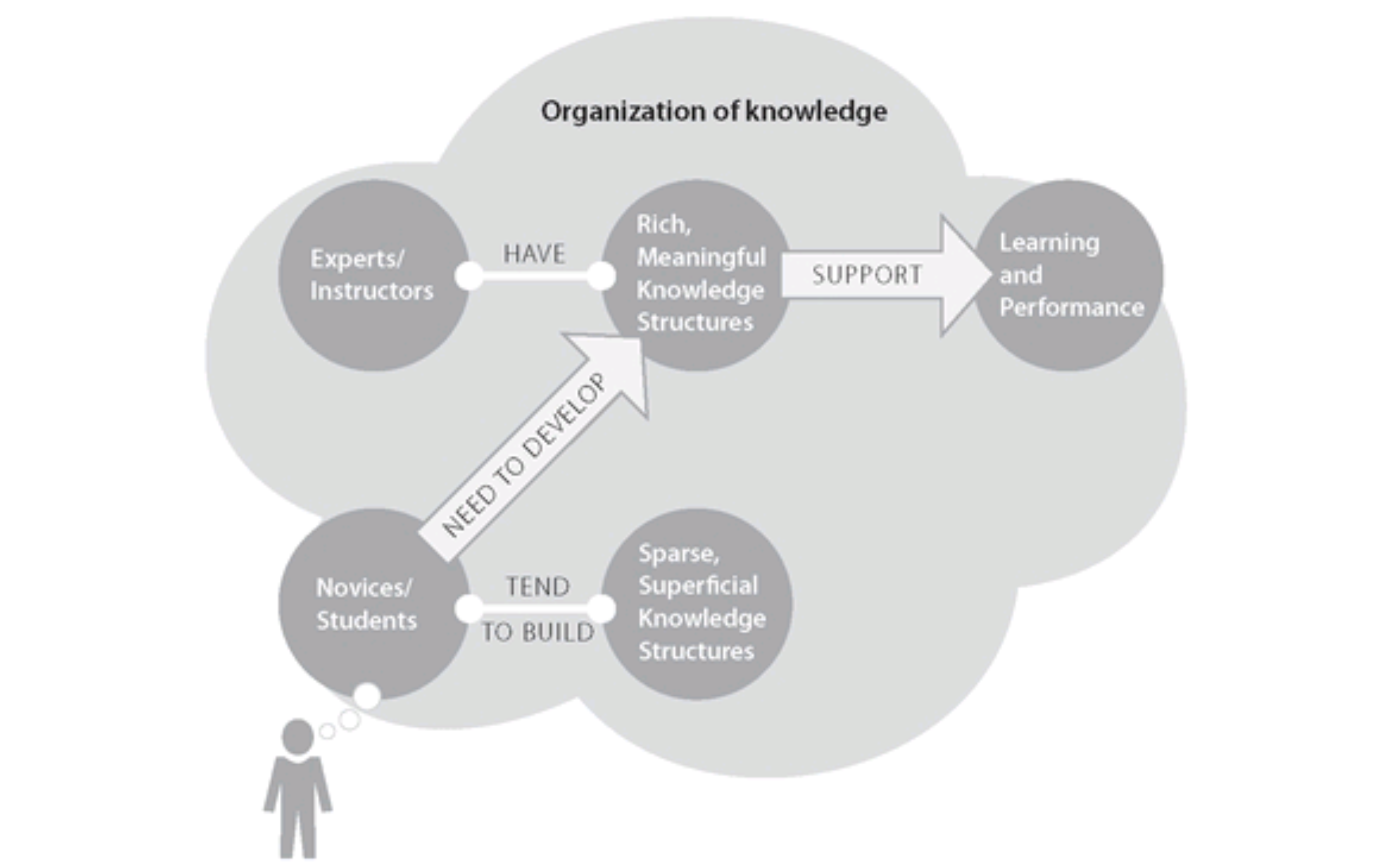
- Form fits function
- The way you organize knowledge affects how you apply knowledge
- “we need to provide students with appropriate organizing schemes or teach them how to abstract the relevant principles from what they are learning.” (Ambrose et al., 2010)
- Strategies:
- Reveal and enhance knowledge organization
- Concept maps of your own
- Associate tasks with organizations
- Show organization of course, lectures, lab, or discussions
- Contrasting and boundary cases to highlight organization features
- Deep features – make them explicit
- Explicitly make connections
- Work with multiple organization structures
- Concept maps that show student’s knowledge organizations
- Sorting tasks that show student’s knowledge organizations
- Monitor student’s work
- Reveal and enhance knowledge organization
- “…it is not just what you know but how you organize what you know that influences learning and performance. ” (Ambrose et al., 2010)



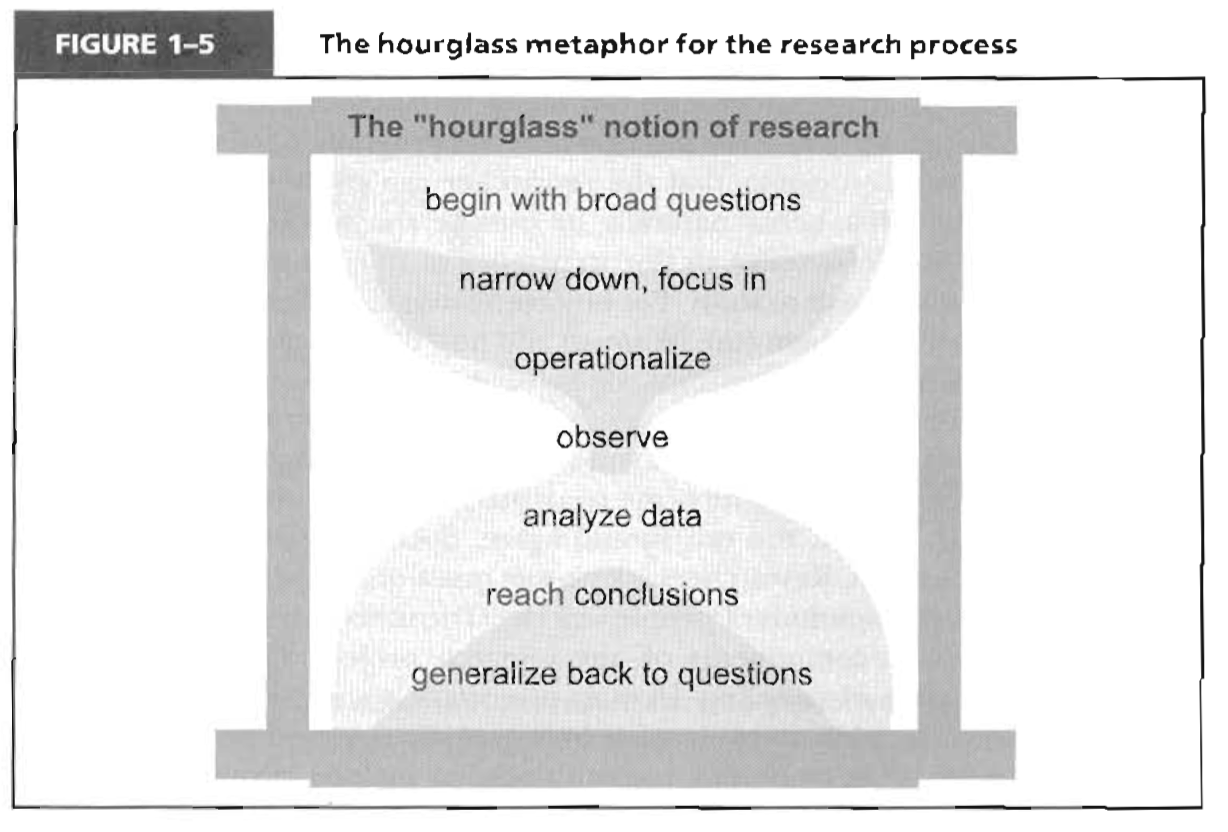
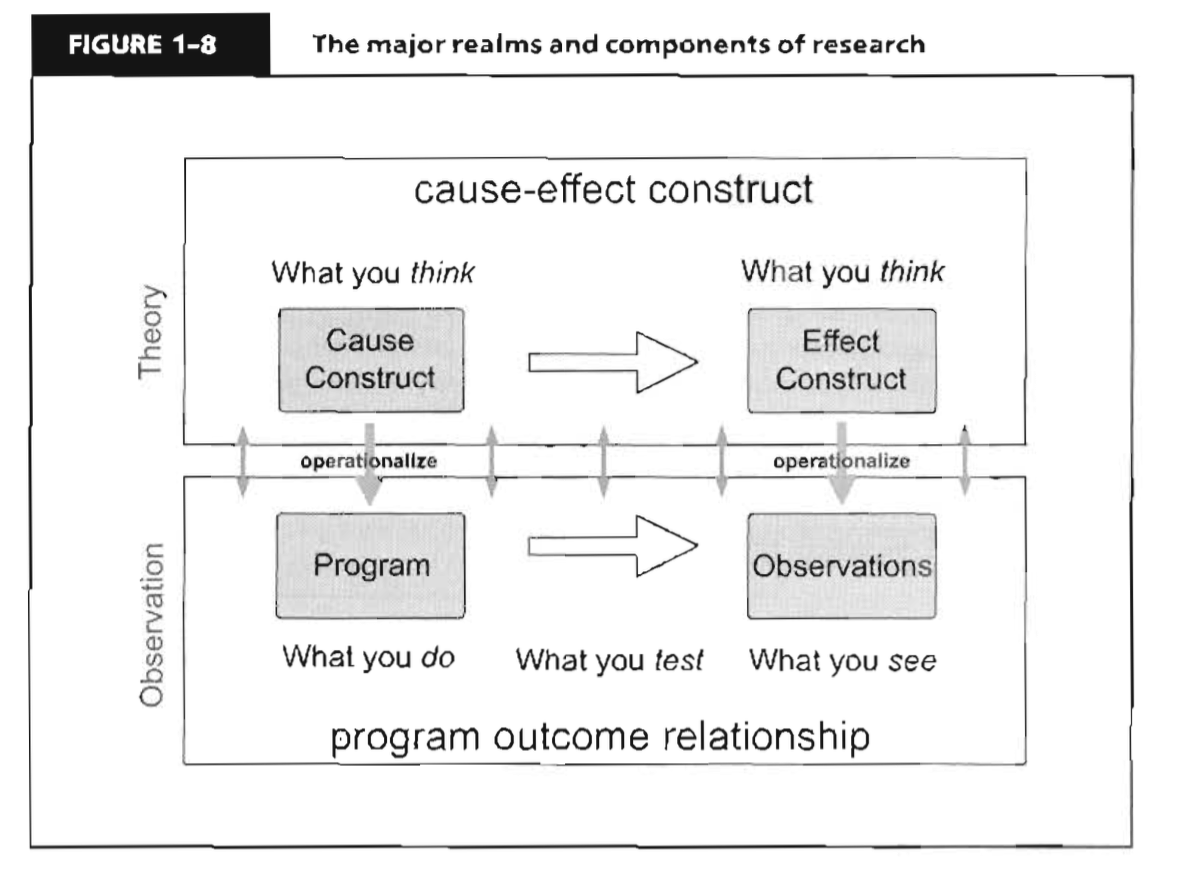
 This week we had a wonderful talk by
This week we had a wonderful talk by 